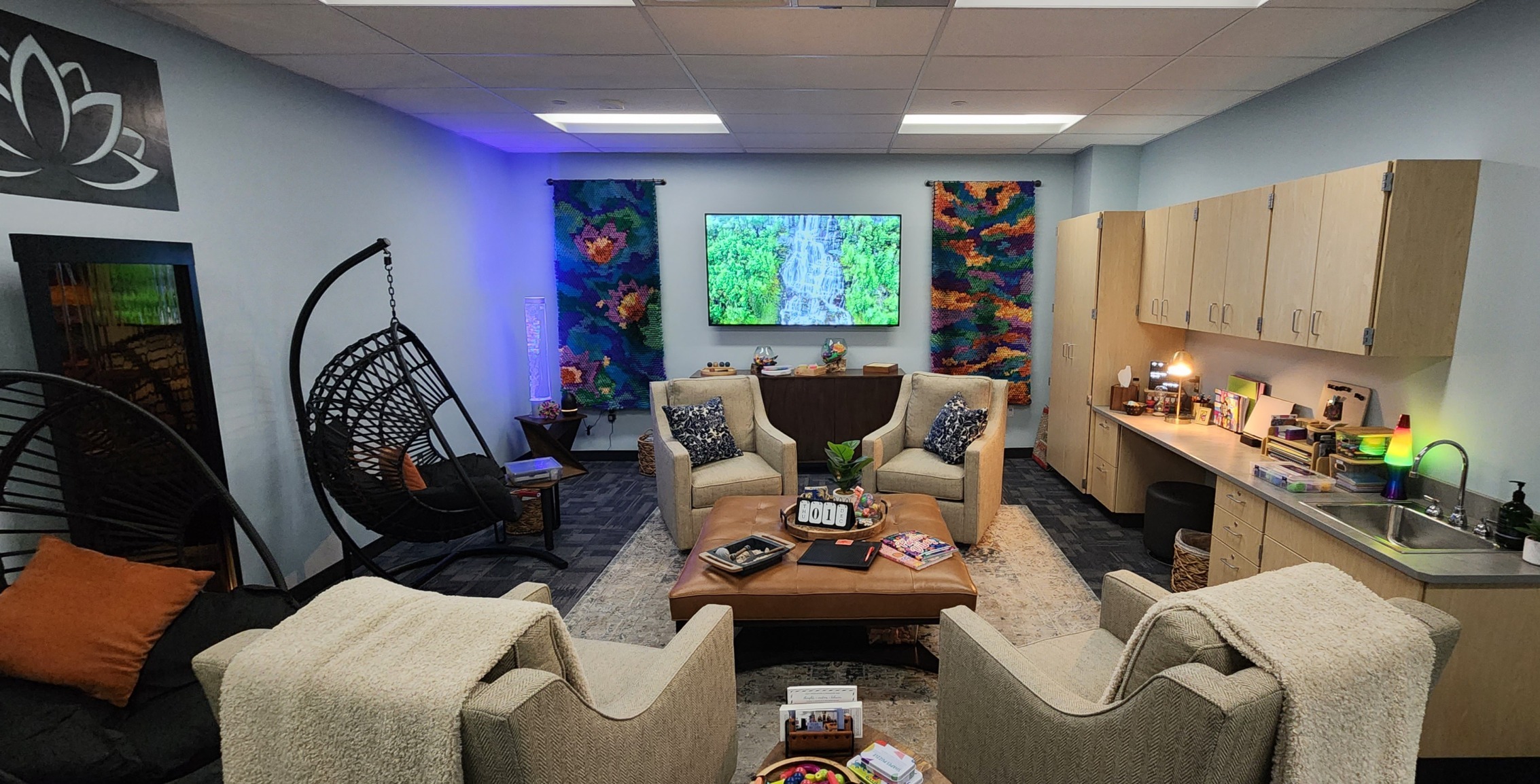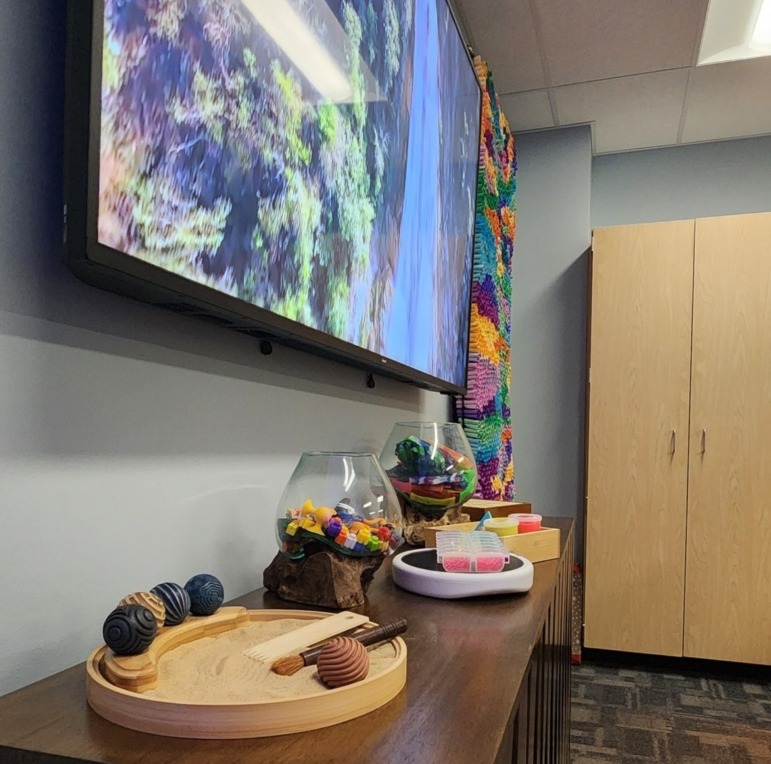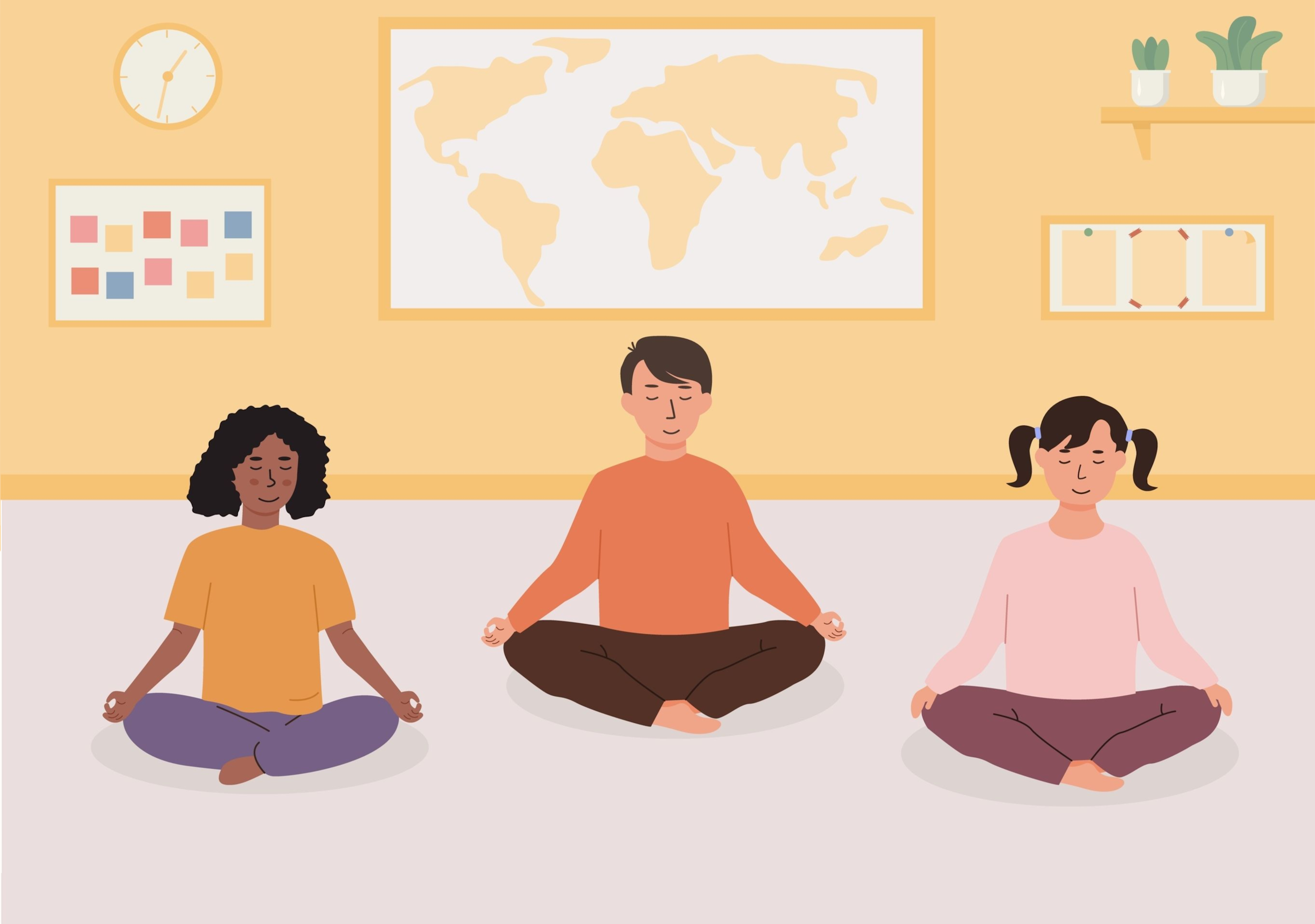Today’s youth are experiencing unprecedented levels of stress and anxiety. According to the World Health Organization (WHO), 3.6% of adolescents ages 10-14 and 4.6% of those ages 15-19 have experienced an anxiety disorder. Mental health challenges among youth have been steadily rising since before the COVID-19 pandemic and have only gotten worse. The Centers for Disease Control (CDC) reports that 37% of youth experienced poor mental health during the pandemic. Teen girls and teens who identify as LGBTQ+ are the most at risk for experiencing substance use disorders, thoughts of suicide and violence.
There are many potential reasons for the increases in mood and behavioral disorders among youth: isolation caused by the pandemic, rising global threats as well as increased stress and anxiety among caregivers are just a few things impacting today’s adolescents.
Teachers and youth-serving professionals may not be able to tackle these challenges head-on, but they can find ways to support the youth they serve. The CDC found that students who feel more supported by their school (termed “school connectedness”) are less likely to experience feelings of sadness and hopelessness. One way that schools and other youth organizations can support students is by implementing a wellness room for kids who need space to sort out their emotions before returning to the classroom or other activities.
What is a wellness room?

Courtesy of Polaris High School
The student wellness room at Polaris High School in American Fort, Utah.
A wellness room is a space where students can go when they feel overwhelmed, anxious, or unable to regulate their emotions. It includes different sensory activities students can partake in to refocus their attention before they return to the classroom.
While wellness rooms have found success in classrooms nationwide, there is also potential for using them in nonprofit organizations, after-school programs, and in juvenile justice and child welfare systems.
Benefits of wellness rooms
Research has shown that offering students access to wellness rooms can help them regulate emotions and stress. This can make them more attentive and active participants in the classroom and improve their chances of achieving academic success.
Many schools have implemented wellness rooms with success. According to past recipients of grants from The Cook Center for Human Connection, students use these rooms weekly. On average, 90% of students return to the classroom after spending 10 minutes practicing wellness techniques.
I myself have heard a number of student success stories. One that stands out comes from a young female adolescent who went into her school’s wellness room after having a panic attack. The room monitor asked her to try a tool to help her focus on squeezing and pulling. At the same time, the principal called the student’s mom and asked her to stand by to see how her daughter progressed.
The student was able to self-regulate and return to class after using that tool in the wellness room. The principal let her mom know about the success, and the mom expressed her pride in her daughter learning to self-regulate at school instead of being asked to go home for the rest of the day. As a result, the family increased their communication with each other and the school about self-assessment and self-regulation.

Courtesy of Polaris High School
A table full of many types of self-regulating tools, fidget widgets, a large video screen playing a peaceful nature video, and bright, multicolor, tactile art tapestries welcome students to the wellness room at Polaris High School in American Fort, Utah.
Six tips for using wellness rooms
A wellness room needs to have certain standards, training, and plans of action in place to be effective, and students must be aware of the expectations. Here are some tips to make those expectations a reality.
- Staff, parents, and students should be trained how to use the space before it opens.
- There should be a time limit to how long a student stays in the wellness room. At many schools, students receive an hourglass sand timer upon entering the room. The timer lasts for 10 minutes. Once the timer is up, the student is expected to return to their classroom.
- A dedicated professional should be assigned to check students in and out of the room and monitor the students to ensure they are safe while they are in the wellness room. This professional monitor should also be trained to identify when to escalate the student to the principal or school psychologist.
- The wellness room should be a no-phone space to encourage students to use analog coping mechanisms that they can use in and out of the classroom when they need to regulate their emotions.
- The room should have sensory activities, including fidget objects, sand, stress balls, and soothing music or sounds. Ideally, it will also have comfortable furniture that helps students feel safe and supported.
- Finally, parent involvement is critical for wellness rooms to work for students. The data schools collect can help identify students who are most at risk based on the frequency of their visits to the wellness room. This information should be shared with parents, who can work with the school psychologist and other professionals to determine a plan to help their students improve their mental health and positively impact all aspects of their lives.
[Related: Adults need calming rooms too]
Parents should reinforce the importance of taking a break when needed. Recognizing the need to step away and go to the wellness room is the first sign of success for students and an encouraging signal that they are learning how to self-regulate their emotions.
Wellness rooms set students up for success
I also have heard an overwhelmingly positive response from previous grant awardees. Students do not abuse the privilege of sitting in the room as long as there are clear expectations and training for students, teachers and parents. I have even heard feedback that some teachers start their day in the wellness room and that some principals use the space to conduct parent meetings. It is important for a school’s community to understand the wellness room is there to stay and continually enhanced to fit student needs.
***
Anne Brown is the Utah-based founding president and CEO of the Cook Center for Human Connection and has previously served as a public school teacher and an edtech executive.






























